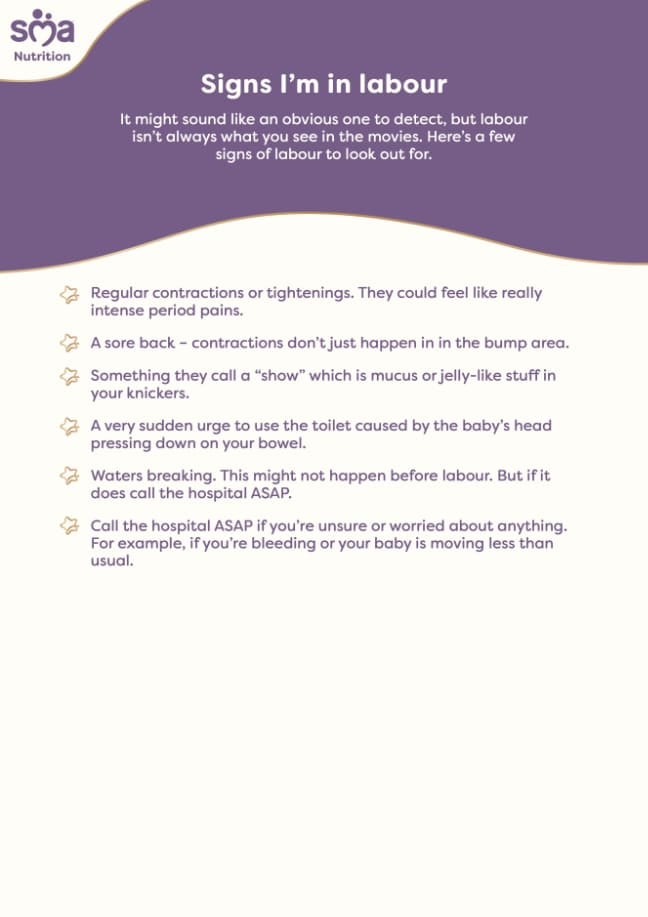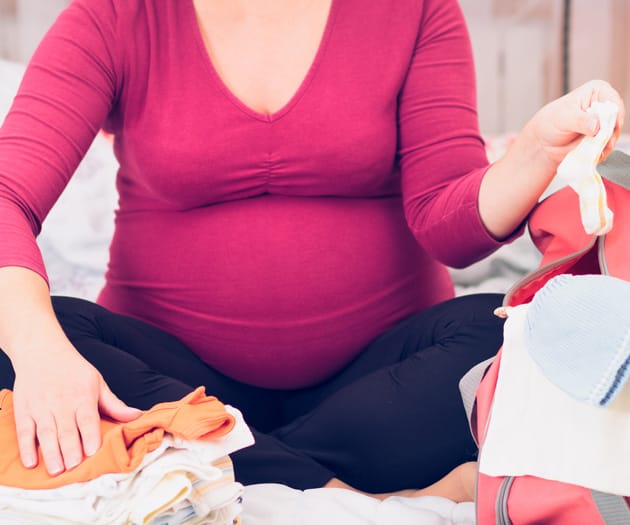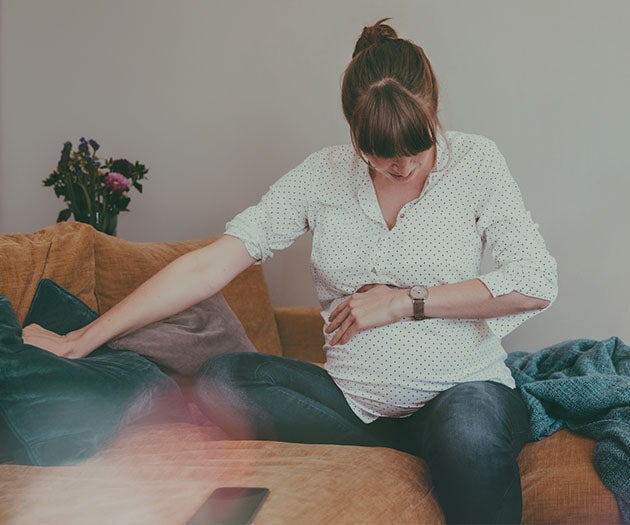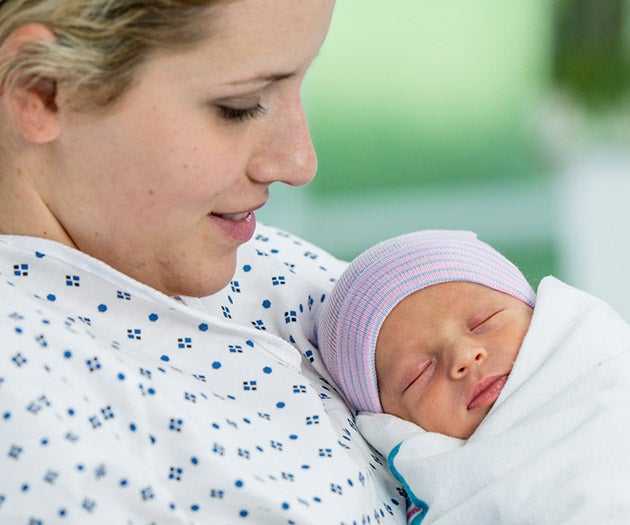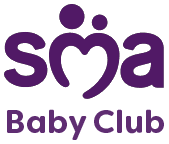Introduction
As your due date approaches, your anxiety levels might increase as well as the questions about what to expect. Knowing the signs of labour will help you prepare for your big day.
If you think you are in labour, call your midwife or maternity unit for guidance. The midwife may advise you to stay at home until your contractions last 30-60 seconds and occur every five minutes, but either way, call your midwife/maternity unit for guidance and make sure you’ve ticked off everything on your hospital bag checklist.
What are the signs of labour?
- False labour - Braxton Hicks contractions usually occur from 24 weeks. These are your uterus ‘practising’ for the big day, but they don’t mean you’re actually ready to go into labour. You’ll know because Braxton Hicks contractions are irregular, last a short while and are normally not painful.
- Mucus plug - There are many first signs of real labour, and this could be a sign that labour is imminent. Also known as a "show" it is when the mucus from the entrance to your cervix comes away. But it may still be days until labour starts. However sometimes there isn’t a show.
- Waters breaking – Your baby lives inside a bag of fluid called an amniotic sac. When your baby is ready to be born, the sac usually breaks and the amniotic fluid drains out through your vagina. This doesn’t happen to every woman though and sometimes there can be a lot and sometimes just a trickle. . If your waters break before labour starts, phone your hospital immediately. Without amniotic fluid there is an increased risk of infection for your baby.
- Contractions - Intense period-like pain are the very early signs of labour slowly approaching. Contractions will get progressively stronger and more intense. If these last more than 30 seconds, labour may have started, and it is time to call your midwife or Maternity unit for advice.
NHS has lots of helpful information on signs of labour, or you can download our handy signs of labour guide below.
What are the stages of labour?
First stage of labour – The first stage is the longest and can last several hours – in rare circumstances it can last a day or more.
- Your cervix begins to open, or dilate as your baby descends
- The contractions have a steady, regular rhythm. They feel stronger, last longer, and become closer without easing
- Keeping mobile will help you cope with the pain of contractions
- Your waters breaking – although, some women go into labour without their waters breaking
Second stage of labour – This stage of labour is when your cervix is fully dilated at 10cm and your baby is delivered. It can last up to two hours, especially for first time mums.
- You’ll feel like pushing but don’t worry if you don’t – your midwife will be there to help
- Some babies need a little help in coming into the world, so forceps or a ventouse may be used to help at the final stages. In some cases, a Caesarean Section may be recommended, but your midwife will explain everything and guide you
Third stage of labour – This final stage of labour happens after the birth of your baby.
- Your uterus will contract and push out the placenta. You are usually given an injection to help the placenta deliver as the baby is born. Or you can let nature take its course – this can take up to 1 hour. Check out our guide on how you can prepare for all three stages of labour.
Pain relief in labour
There are lots of effective options to help ease your labour pain symptoms. Discuss them all with your midwife and partner.
- Natural techniques – these include acupuncture, aromatherapy, homeopathy, hypnosis, and reflexology. These techniques help relax mums during birth which can help labour pains feel less intense. Check with your midwife whether your hospital offers these. Massage, breathing exercises and staying mobile can also help.
- Birthing pool – water may help you relax and make contractions seem less painful. However, you may have to meet certain criteria in order to use a birthing pool. You can discuss it with your midwife when you put it in your birth plan – remember to be flexible with your plan as babies often have their own ideas about how and when they’ll arrive.
- Gas and air – a mixture of oxygen and nitrous oxide gas called Entonox can help make things more bearable. You breathe it in at the start of every contraction. There are no harmful side effects for your baby although some women say it makes them feel sick or lightheaded.
- TENS – Transcutaneous Electrical Nerve Stimulation is a device that emits small electrical pulses through electrodes put on your back. These pulses encourage your body to release endorphins. It’s a drug-free option with no side effects that can help in the early stages of labour.
- Pethidine and Diamorphine – these intramuscular drugs are injected into your thigh or buttock to help you relax and help lessen the pain. They last about four hours. Given too near to your baby’s birth, they can temporarily affect their breathing and ability to feed – but your midwife will determine the right time to give the injection. Pethidine makes some women feel woozy so is not allowed if you use a birth pool.
- Epidural – this is a pain-relieving drug injected through a fine flexible tube into a space around your spinal cord. It is only available in hospitals as it requires an anaesthetist to administer, and your baby’s heart rate must be constantly monitored. An epidural numbs you from the waist down, so you’ll not feel the pain of the contractions, but still be aware of your tummy tightening. With an epidural you are restricted to your bed.
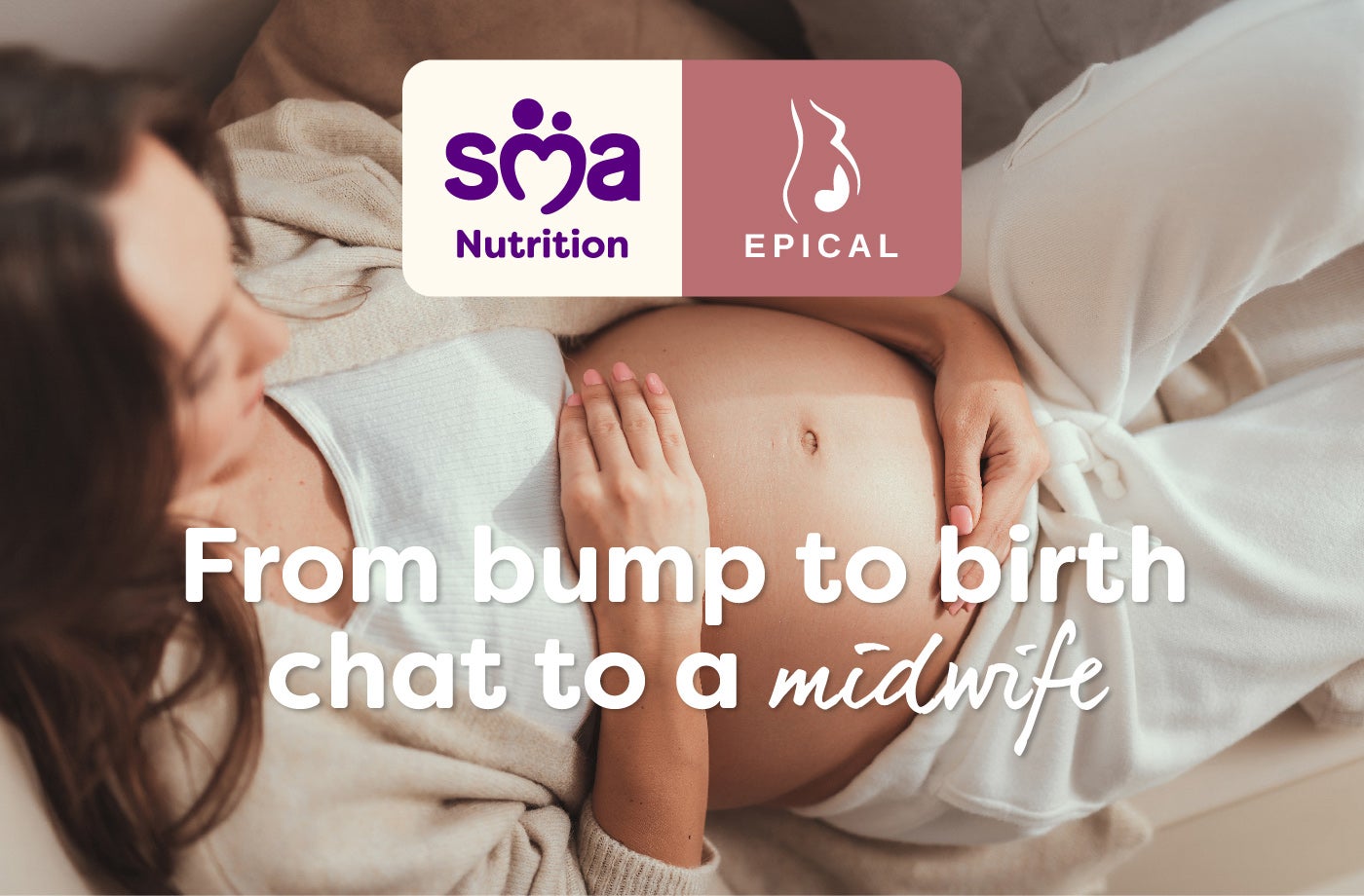
Midwife live chat
We have partnered with Epical Global giving our SMA® Baby Club members instant access to a team of expert midwives, ready to answer all your questions. The midwife team are on hand via live chat Monday to Friday, 10am – 8pm.




